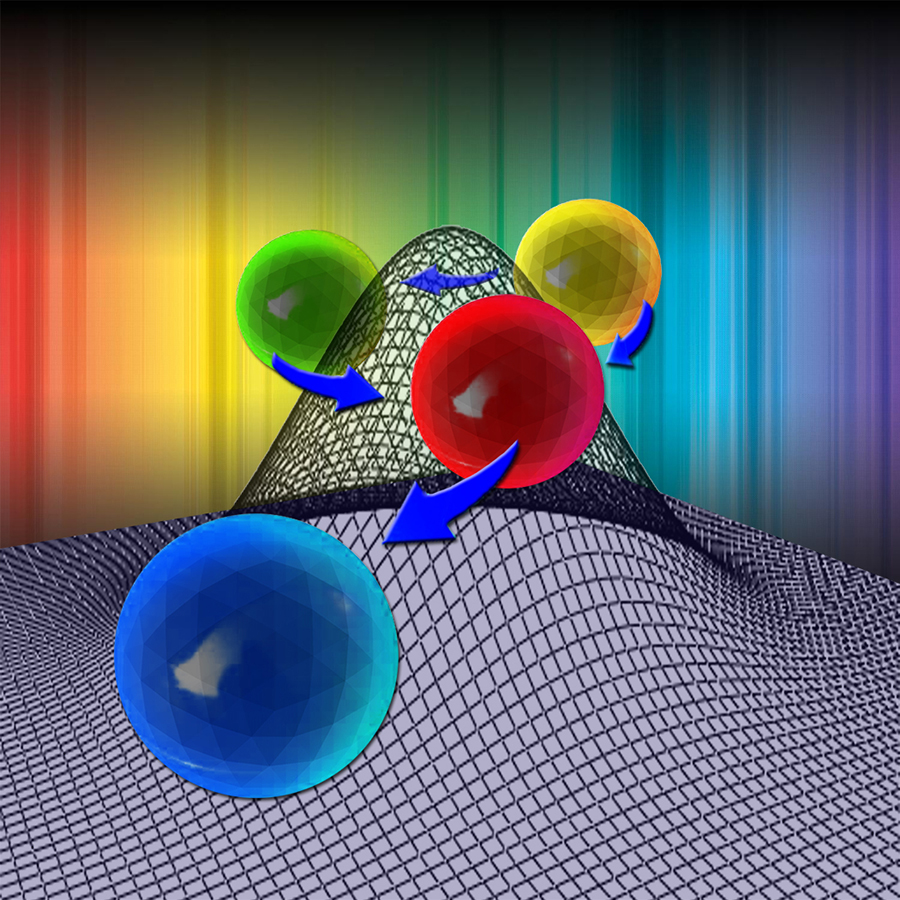DARPA envisions the future of machine learning
March 22, 2013

Artist’s concept of new machine-learning paradigm (credit: DARPA)
DARPA has launched a new programming paradigm for managing uncertain information called “Probabilistic Programming for Advanced Machine Learning”(PPAML).
Machine learning — the ability of computers to understand data, manage results, and infer insights from uncertain information — is the force behind many recent revolutions in computing.
Unfortunately, every new machine-learning application requires a Herculean effort. Even a team of specially trained machine learning experts makes only painfully slow progress, due to the lack of tools to build these systems.
PPAML seeks to greatly increase the number of people who can successfully build machine learning applications and make machine learning experts radically more effective. It also seeks to create more economical, robust and powerful applications that need less data to produce more accurate results — features inconceivable with today’s technology.
“We want to do for machine learning what the advent of high-level program languages 50 years ago did for the software development community as a whole,” said Kathleen Fisher, DARPA program manager.
“Our goal is that future machine learning projects won’t require people to know everything about both the domain of interest and machine learning to build useful machine learning applications. Through new probabilistic programming languages specifically tailored to probabilistic inference, we hope to decisively reduce the current barriers to machine learning and foster a boom in innovation, productivity and effectiveness.”
To familiarize potential participants with the technical objectives of PPAML, DARPA will host a Proposers’ Day on Wednesday, April 10, 2013. Registration closes on Friday, April 5, 2013 at 5 p.m. ET.
The PPAML program is scheduled to run 46 months, with three phases of activity from 2013 to 2017. Fisher believes a successful solution will involve contributions from many areas, including statistics and probabilistic modeling, approximation algorithms, machine learning, programming languages, program analysis, compilers, high-performance software, and parallel and distributed computing.